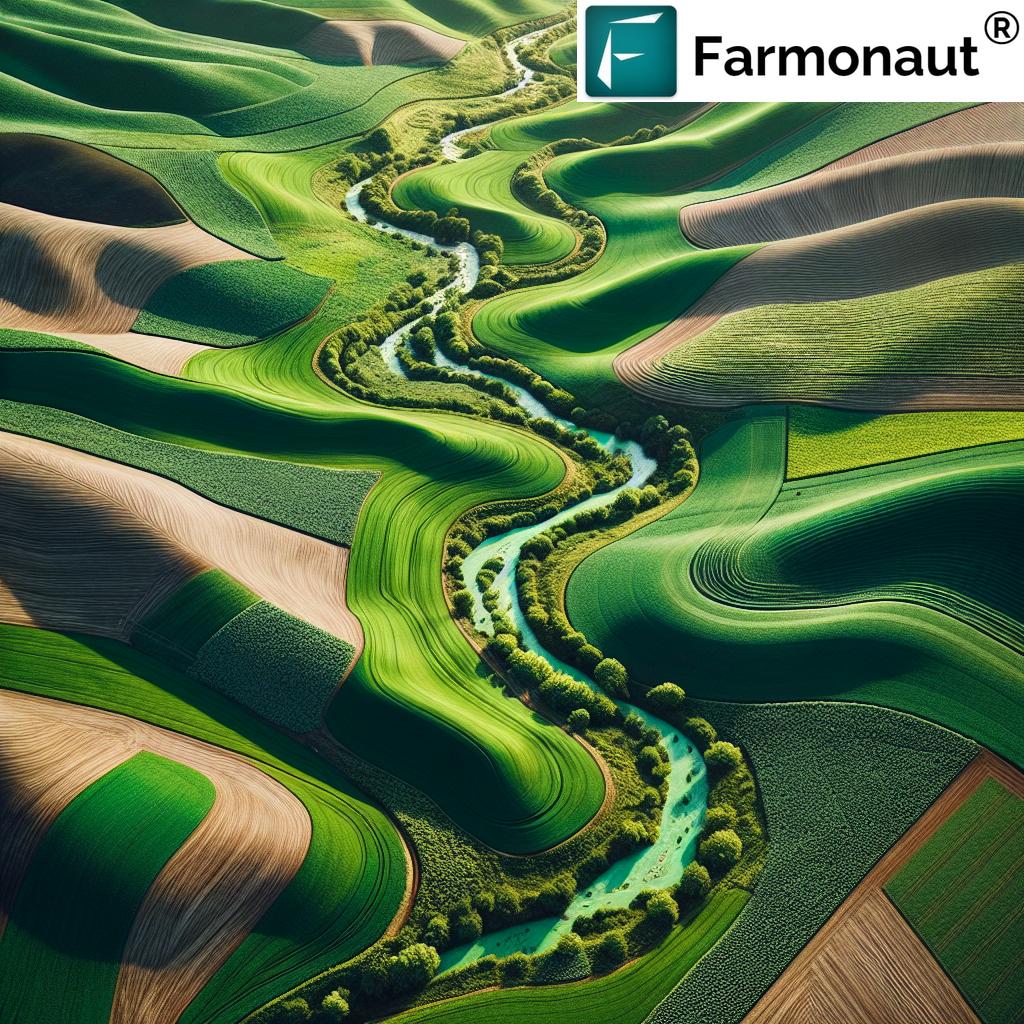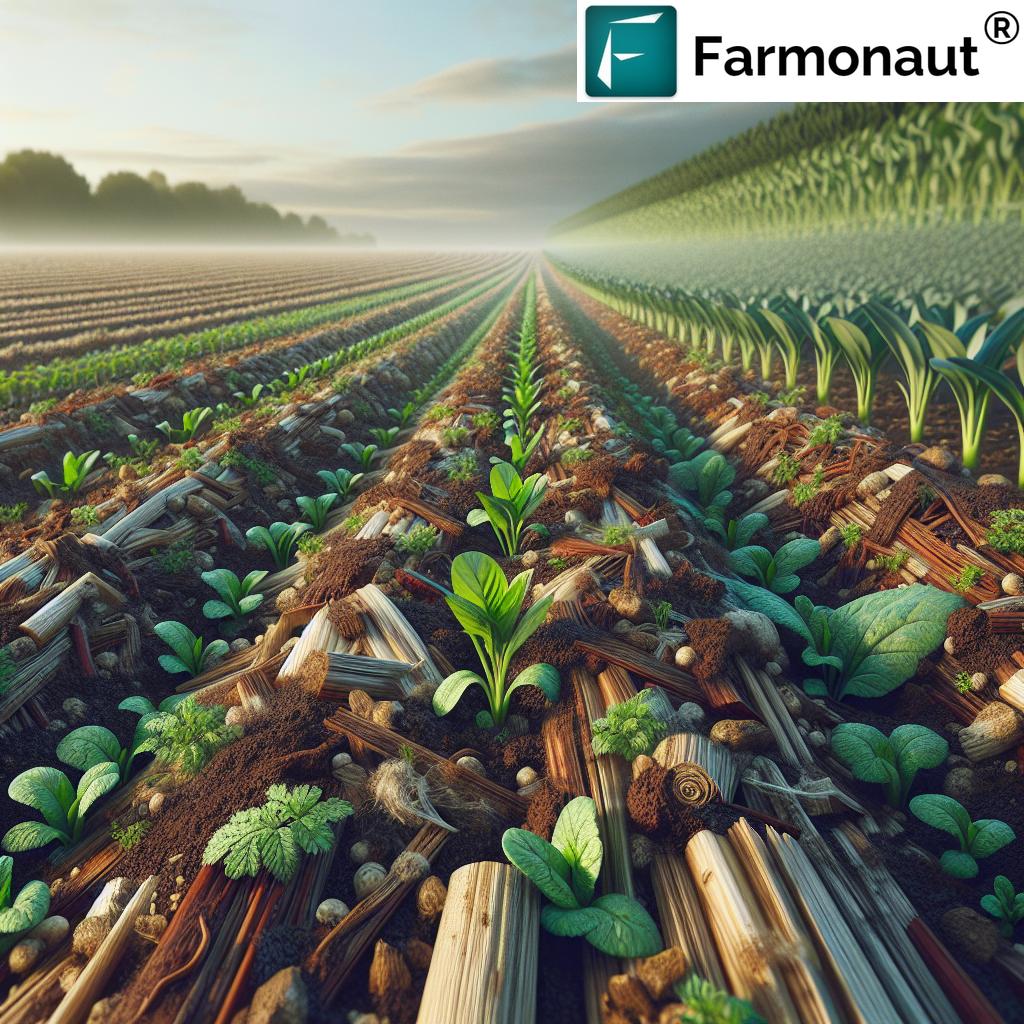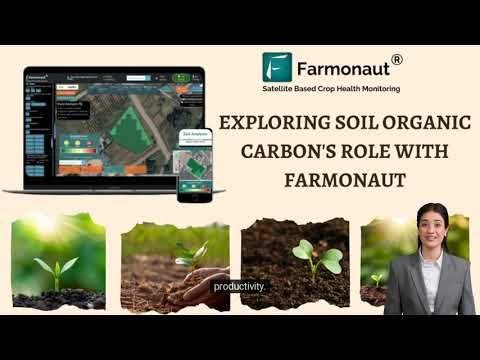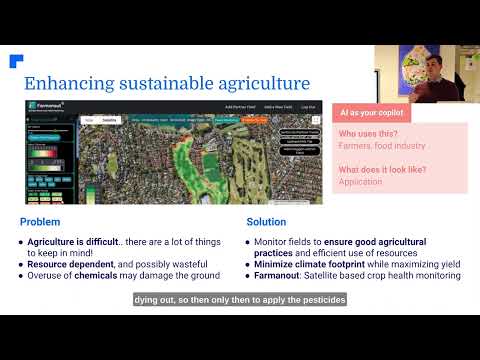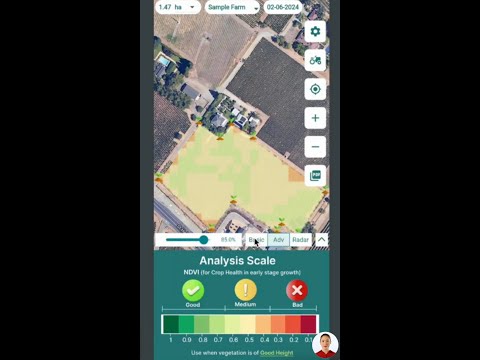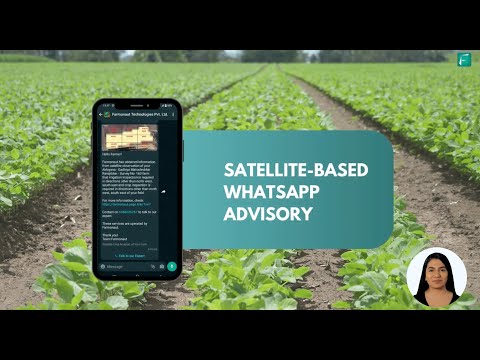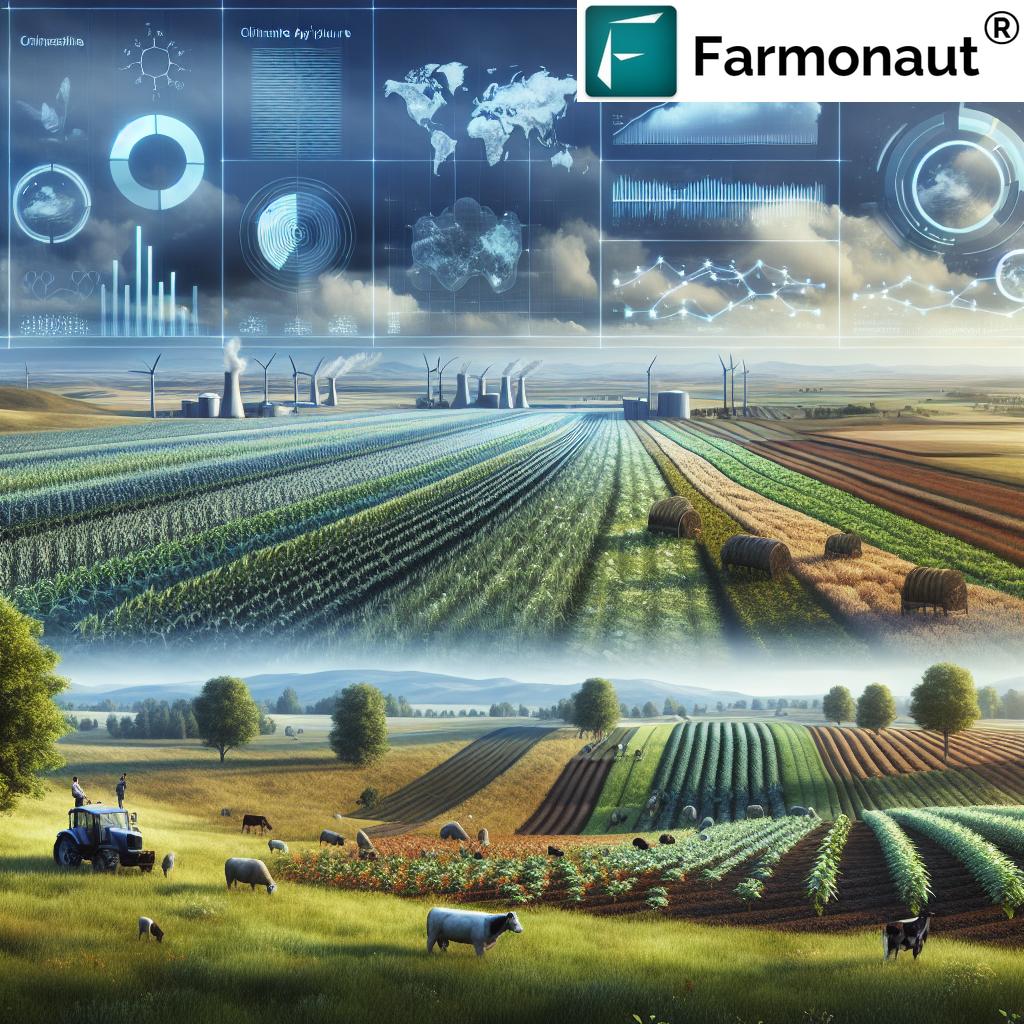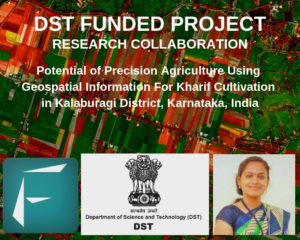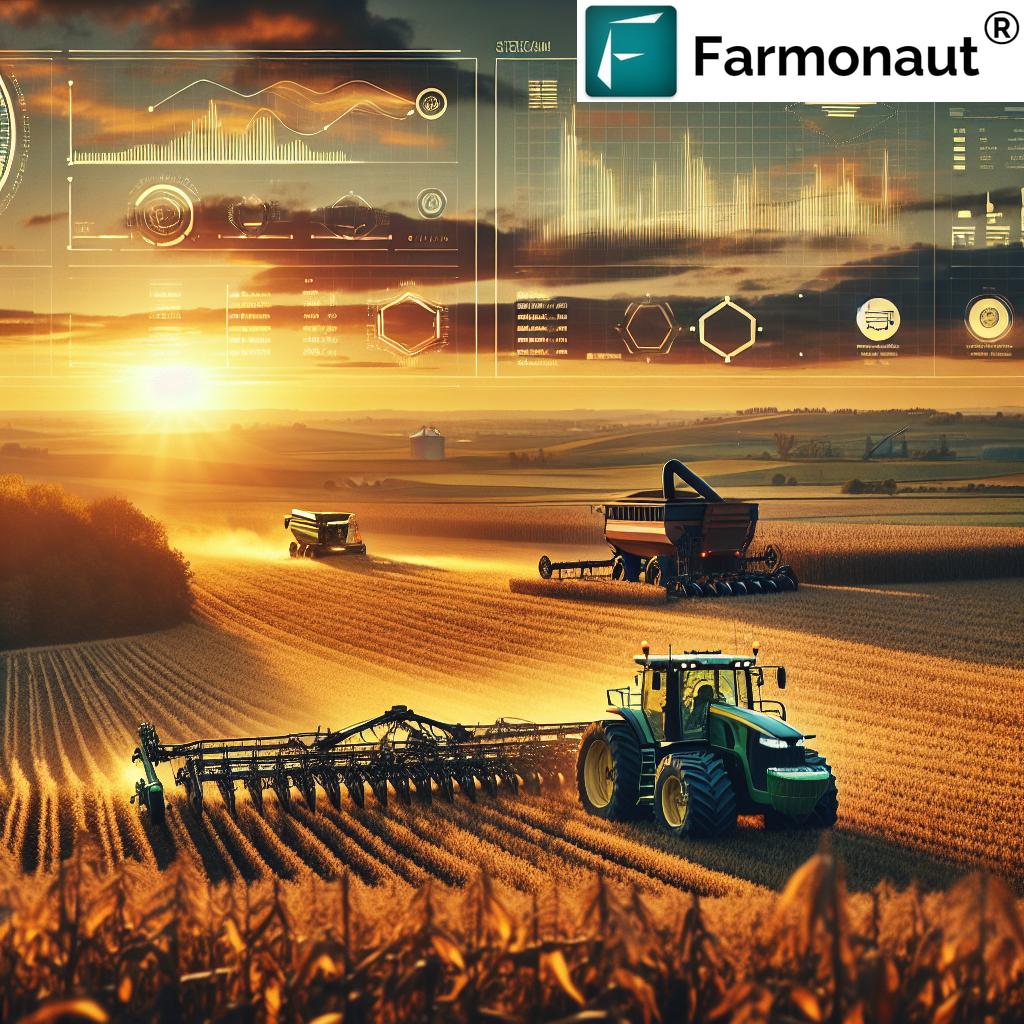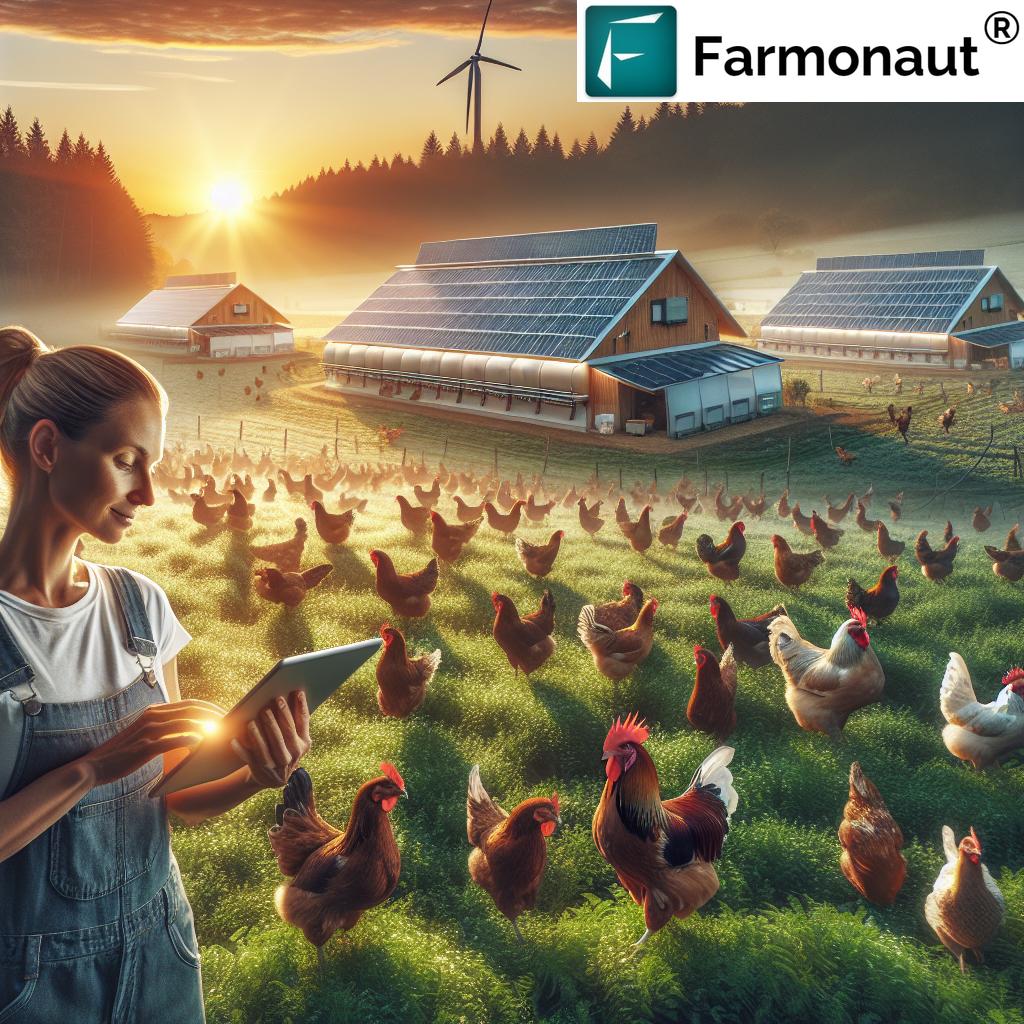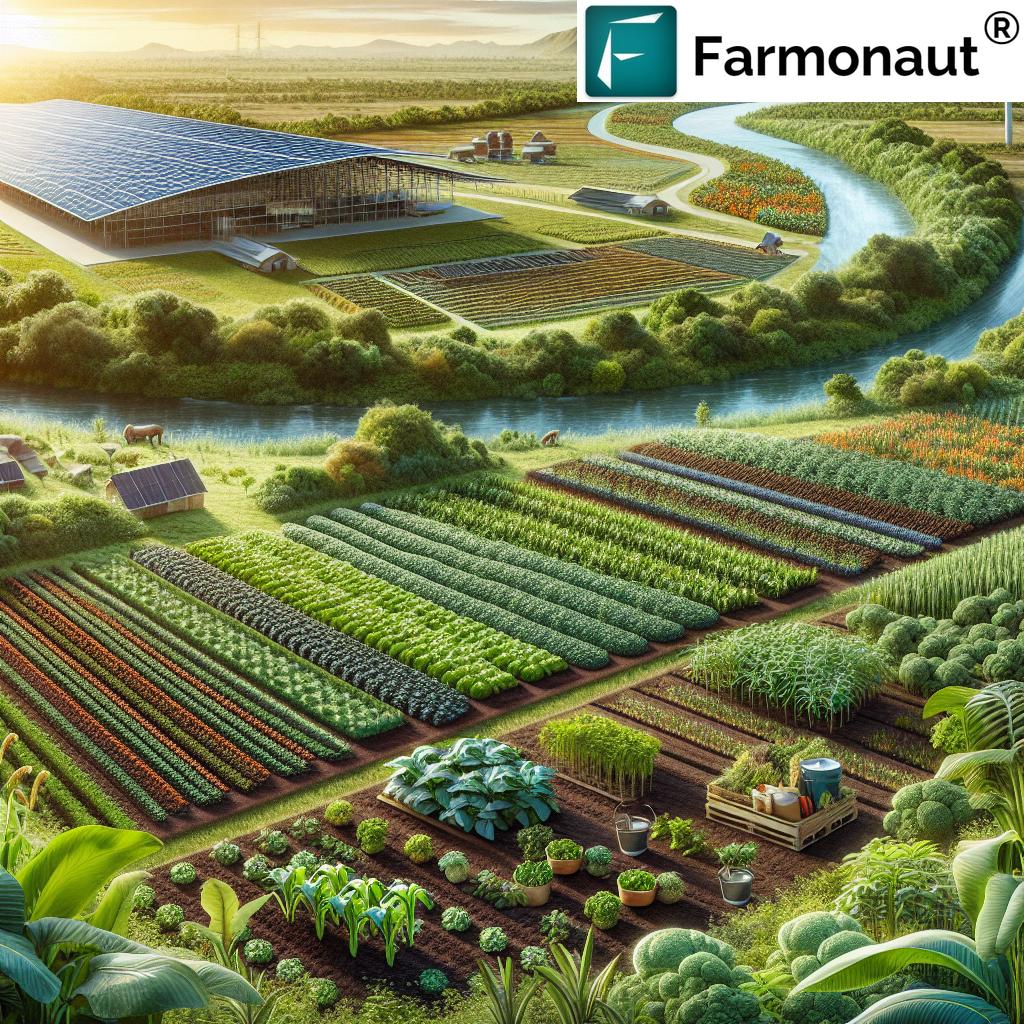Erosion Control Hacks: Top 10 Soil-Saving Secrets!
“Contour farming can reduce soil erosion by up to 50% compared to traditional up-and-down slope planting.”
Table of Contents
- Introduction: The Threat of Soil Erosion
- Understanding Soil Erosion & Control Principles
- Why Is Soil Erosion Control in Agriculture Essential?
- Top 10 Soil-Saving Erosion Control Hacks
- Comparative Erosion Control Strategy Table
- Combining Control Measures with Precision: Farmonaut’s Technology Edge
- Implementing Erosion Control Measures for Farming Success
- Frequently Asked Questions – Soil Erosion Control
- Conclusion: Our Call to Conserve Soil, Yields, and Future
Introduction: The Threat of Soil Erosion
Soil erosion is a significant threat to agriculture, farming, and forestry worldwide. Each year, millions of tonnes of fertile topsoil are displaced—primarily by water, wind, and unsustainable land management practices. The consequences ripple through our ecosystems: reduced crop yields, degraded environmental quality, silted rivers, compromised water quality, and severe economic losses.
Implementing effective soil erosion control strategies is essential not only to maintain soil health and boost agricultural productivity, but also to preserve environmental quality and terrestrial biodiversity. In this comprehensive guide, we uncover the top 10 soil-saving secrets—from contour farming to vegetative barriers, mulching, and beyond.
Understanding Soil Erosion & Control Principles
Soil erosion is the displacement of the uppermost, and most fertile soil layer, primarily due to water, wind, or tillage. In agriculture and forestry, this process is accelerated by a range of factors:
- Deforestation: Removes protective tree cover, exposing soil to rainfall and wind.
- Overgrazing: Livestock strip vegetation, leaving soil bare and more prone to runoff and wind erosion.
- Improper tillage: Aggressive plowing disrupts soil structure and makes it vulnerable to being carried away.
- Inadequate management practices: Failing to utilize erosion control measures or soil conservation practices encourages degradation.
Consequences include:
- Loss of fertile topsoil → Reduced yields and crop viability.
- Increased sedimentation in waterways → Polluted rivers, reservoirs, and infrastructure damage.
- Biodiversity loss → Disrupted ecosystems, less resilience, decreased natural pest and weed control.
- Degraded land quality and structure → Reduced infiltration, more flooding, poor root growth.
Why Is Soil Erosion Control in Agriculture Essential?
For sustainable agriculture and farming to thrive, the protection of topsoil is non-negotiable. Eroded land has compromised structure, diminished organic matter, water retention issues, and a declining ability to support healthy yields.
Implementing soil conservation practices and proven methods to prevent soil erosion:
- Enhances soil health, leading to robust plant growth and higher yields.
- Reduces input waste, promoting resource conservation.
- Preserves environmental water quality and rural habitats.
- Protects long-term farm productivity and sustainability.
Top 10 Soil-Saving Erosion Control Hacks
Armed with the right erosion control strategies, we can restore our land, minimize topsoil loss, and build a thriving future for agriculture, forestry, and rural economies.
Let’s uncover the world’s leading erosion control measures for farming:
“Planting cover crops can decrease soil loss by as much as 90%, significantly improving land sustainability.”
1. Contour Farming Benefits: Shaping the Land to Save Soil
Contour farming is the practice of plowing and planting crops along the natural contour lines of the land, rather than up and down slopes. This method strategically slows water runoff, giving it more time to infiltrate the soil, and creates barriers that prevent the formation of rills and gullies.
Key benefits:
- Reduces soil erosion by up to 50% on sloped agricultural land.
- Enhances water retention and supports improved water infiltration.
- Protects topsoil, especially in hilly regions.
- Improves yields by preserving fertility and organic matter.
To maximize these benefits, we recommend combining contour farming with cover cropping and vegetative buffers for holistic soil erosion control. For monitoring your contour fields’ health, consider leveraging real-time Farmonaut’s satellite-based crop health monitoring systems, accessible here: Farmonaut Crop Monitoring App.
2. Terracing: Transforming Slopes to Prevent Soil Erosion
Terracing involves reshaping steep slopes into a series of flat, stepped platforms. These terraces dramatically reduce water velocity and create natural water absorption basins, minimizing erosion risk.
- Highly beneficial for hilly terrains and mountainous regions where runoff and soil loss are pronounced.
- Improves land usability—making previously unfarmable slopes productive.
- Slows runoff, increases infiltration, and fosters organic matter build-up.
We can further optimize terracing with the help of remote sensing technology—track effectiveness and moisture levels using the Farmonaut Agro-Admin Platform for large-scale farm management.
3. Cover Cropping for Soil Health: Nature’s Armor
Cover crops are non-cash crops (like clover, rye, oats—planted during off-seasons) that protect bare soil from water and wind erosion. This proven practice:
- Decreases soil loss by up to 90% (see trivia above).
- Enhances soil structure, organic matter content, and overall fertility.
- Suppresses weeds and reduces the need for herbicides.
- Improves water retention and helps manage runoff.
Consider integrating cover crops with Farmonaut’s AI-based Jeevn Advisory system for real-time, plot-specific, personalized recommendations on when, what, and how to plant cover crops for improved soil health. Explore this feature in the Farmonaut App.
4. No-Till Farming Advantages: Minimize Disturbance, Maximize Stability
No-till farming is a method that eliminates the need for tillage, leaving crop residues on the soil surface following harvest.
- Reduces soil disturbance, which helps maintain soil structure and biota.
- Decreases erosion by keeping the soil covered.
- Boosts water retention and supports soil biodiversity.
- Cuts labor and fuel costs, making it both productive and sustainable.
No-till farming advantages can be combined with satellite-based soil moisture tracking from Farmonaut to maximize productivity and reduce risk. Try Farmonaut for remote no-till monitoring.
5. Buffer Strips for Water Quality: Vegetative Shields Along Waterways
Buffer strips are areas of permanent vegetation—grasses, shrubs, trees—established along waterways, field edges, or within cropland.
- Trap sediment and filter pollutants before they reach rivers and streams.
- Stabilize stream banks and prevent scouring, reducing erosion.
- Enhance water quality for farm and downstream users.
Buffer strips for water quality can be strategically placed and monitored using Farmonaut’s remote sensing tools and API for developers. For integration, consult Farmonaut API Docs.
6. Agroforestry: Integrating Trees & Shrubs for Soil Stability
Agroforestry combines trees and shrubs with crops or livestock on the same land, creating multi-layered, biodiverse landscapes.
- Trees act as windbreaks, reducing wind erosion dramatically.
- Root systems stabilize soil and protect against water and rain impact.
- Enhances overall farm biodiversity and offers additional revenue streams (timber, fruit, fodder).
With Farmonaut’s monitoring, you can track changes in vegetation health and biodiversity over time—Try it for agroforestry management.
7. Mulching: Organic & Inorganic Shields
Mulching involves applying a layer of organic or inorganic material over the soil surface. This layer:
- Protects soil against rain impact, sun, and wind.
- Conserves moisture and regulates soil temperature.
- Suppresses weeds, reducing competition for nutrients and labor costs.
- Organic mulches (like straw, leaves, compost) add nutrients and boost soil organic matter as they decompose.
Farmonaut’s resource management tools help track mulching frequency and coverage over large areas for better soil health and input optimization—see Farmonaut Fleet Management Module.
8. Riparian Buffers and Vegetative Barriers: Living Lines of Defense
Riparian buffers are vegetated zones adjacent to streams, rivers, or ponds. Vegetative barriers—like grass hedges or dense shrub rows—are placed across or along slopes.
- Slow water flow and prevent the movement of sediment.
- Capture and stabilize soil particles before they can reach sensitive areas.
- Create refuges for biodiversity.
Use Farmonaut’s Crop, Plantation, and Forest Advisory module to plan and monitor the health of vegetative buffer zones and forested watersheds—crucial for effective methods to prevent soil erosion.
9. Erosion Control Mats and Blankets: Quick Fixes for Slopes & Bare Soil
Erosion control mats or blankets are sheets made from biodegradable (coir, straw, jute) or synthetic materials. These are placed over vulnerable slopes and bare patches to:
- Stabilize soil surface instantly.
- Promote vegetation establishment (grasses, wildflowers, etc.).
- Significantly reduce water runoff and prevent rill/gully formation.
Such mats are highly effective after construction or tillage operations that leave soil exposed. Use satellite-based Farmonaut monitoring to identify critical risk points where these interventions will deliver maximum value.
10. Conservation Tillage: Smart Soil Disturbance Management
Conservation tillage (like mulch-till, strip-till, ridge-till) is a suite of reduced-tillage practices leaving at least 30% crop residues on the soil surface. This approach:
- Reduces erosion by maintaining crucial protective cover.
- Enhances water retention and infiltration.
- Improves soil structure and organic content.
- Supports soil biodiversity while cutting tillage costs & labor.
By leveraging Farmonaut’s real-time satellite imagery and Carbon Footprinting module, you not only boost soil conservation but also document improvements in carbon sequestration for sustainability reporting and compliance.
Comparative Erosion Control Strategy Table
For informed decision-making, here’s a detailed comparison of the top 10 soil erosion control strategies. This table summarizes each method’s efficiency, implementation difficulty, estimated cost, and suitability across different farm types—helping you select the right combination of practices for your land conditions and farming goals:
| Erosion Control Strategy | Estimated Soil Loss Reduction (%) | Water Conservation Impact | Cost (Estimated, $/acre) | Implementation Difficulty | Suitability for Farm Types |
|---|---|---|---|---|---|
| Contour Farming | 25–50% | High | $10–$20 | Low–Medium | Sloped fields, hilly terrains |
| Terracing | 50–80% | Very High | $200–$2,000 | High | Steep slopes, mountainous regions |
| Cover Cropping | 60–90% | High | $20–$80 | Low–Medium | All cropland, especially winter/off-season |
| No-Till Farming | 40–70% | Medium–High | $0–$10 (can reduce existing costs) | Low | Row crops, grains, rotation fields |
| Buffer Strips | 40–85% | Very High | $10–$40 | Low | Fields near water courses |
| Agroforestry | 30–60% | High | $50–$250 | Medium | Mixed-use, farms with livestock/crops |
| Mulching | 50–70% | Medium–High | $20–$80 | Low | Vegetable gardens, orchards, row crops |
| Riparian Buffers & Vegetative Barriers | 40–90% | Very High | $40–$120 | Medium | Waterways, sloped fields |
| Erosion Control Mats/Blankets | 70–95% | Medium | $150–$800 | Low | Construction sites, bare slopes, new plantings |
| Conservation Tillage | 50–75% | Medium–High | Variable (equipment dependent) | Medium | Grain/row crops, conservation systems |
Combining Control Measures with Precision: Farmonaut’s Technology Edge
While traditional erosion control measures still form the backbone of soil conservation, precision agriculture can take your efforts to the next level.
Farmonaut, a pioneering agricultural technology platform, makes implementing these measures easier and more data-driven with:
- Satellite-based crop and soil monitoring—Receive regular satellite imagery and NDVI (Normalized Difference Vegetation Index) insights for early detection of erosion threats, vegetation loss, or abnormal soil moisture.
- Jeevn AI Advisory—Personalized, location-based advice on planting densities, timing of cover cropping, ideal spots for buffer strips, and more.
- Fleet and resource management tools—Optimize labor, machinery, and input application during implementation of large-scale erosion control strategies. See Fleet Management.
- Carbon Footprinting module—Monitor reductions in emissions as you scale sustainable soil management. Learn more: Carbon Monitoring with Farmonaut.
- Blockchain-backed traceability—Demonstrate your sustainable practices to buyers and downstream partners. Visit: Farmonaut Traceability Solutions.
- Risk mitigation for crop loan and insurance—Satellite-based verification for insurers and lenders to encourage investment in erosion prevention. Details: Farmonaut Crop Loan Support.
Implementing Erosion Control Measures for Farming Success
Every agricultural land is unique. Integrating multiple soil erosion control measures tailored to your soil type, climate, topography, and crop selection offers the best returns. We suggest:
- Assessing current land conditions—Use remote sensing and field observations to identify critical risk zones for erosion and runoff.
- Combining compatible strategies—For example, apply contour farming with cover cropping and buffer strips on sloped land.
- Selecting practical erosion control mats or blankets for temporary or emergency stabilization.
- Consulting with experts and extension services—Especially when designing terracing or implementing agroforestry at scale.
- Adopting data-driven decision-making—Employing Farmonaut’s platform to monitor effectiveness, reduce resource waste, and guide future land use.
Frequently Asked Questions – Soil Erosion Control
What is the most effective soil erosion control method for sloped land?
Both contour farming and terracing are highly effective. Contour farming is generally less costly and suitable for moderate slopes, while terracing is recommended for steep, hilly terrains. Combining with cover crops and buffer strips maximizes results.
How do cover crops help prevent soil erosion?
Cover crops provide a living cover, which shield the soil from water and wind erosion, enhance soil structure, increase organic matter, suppress weeds, and improve water retention—all crucial for sustainable agriculture.
Are buffer strips only necessary near water bodies?
While most critical near streams and rivers to protect water quality, buffer strips also help along field margins and ditches, trapping soil and filtering runoff even on land-locked parcels.
What are the advantages of no-till farming over conventional tillage?
No-till farming significantly reduces disturbance to soil, keeps residues for protection, increases soil health, water retention, and labor savings. It supports greater soil biodiversity and lowers risk of erosion.
Can Farmonaut help me monitor soil erosion and conservation?
Yes. Farmonaut provides satellite imagery, crop health and soil moisture data, AI advisories, and field mapping—all of which help you plan and monitor soil erosion control strategies, saving time and optimizing outcomes.
How do I decide which erosion control measure to implement?
Assess your land’s slope, soil type, crop rotation, and climate. Use the strategy comparison table above and consider practical factors—budget, labor, and equipment. For a tailored solution, try Farmonaut’s AI-based advisory system.
Conclusion: Our Call to Conserve Soil, Yields, and Future
Soil erosion is a formidable challenge in agriculture, farming, and forestry. Yet, with the right mix of modern soil erosion control strategies—contour farming benefits, cover crops, buffer strips for water quality, no-till farming advantages, riparian buffers, terracing, mulching, erosion control mats, conservation tillage, and agroforestry—protecting topsoil in agriculture is within our reach.
By implementing proven soil conservation practices, we maintain our land’s health, preserve environmental quality, and enhance productivity for the generations to come. With the integration of technology-driven platforms like Farmonaut, real-time monitoring and advisory insights multiply our success.
Let’s commit as farmers, land managers, and stewards of the earth—to proactively stop soil loss, conserve water, promote biodiversity, and guarantee a sustainable, bountiful future for all.


